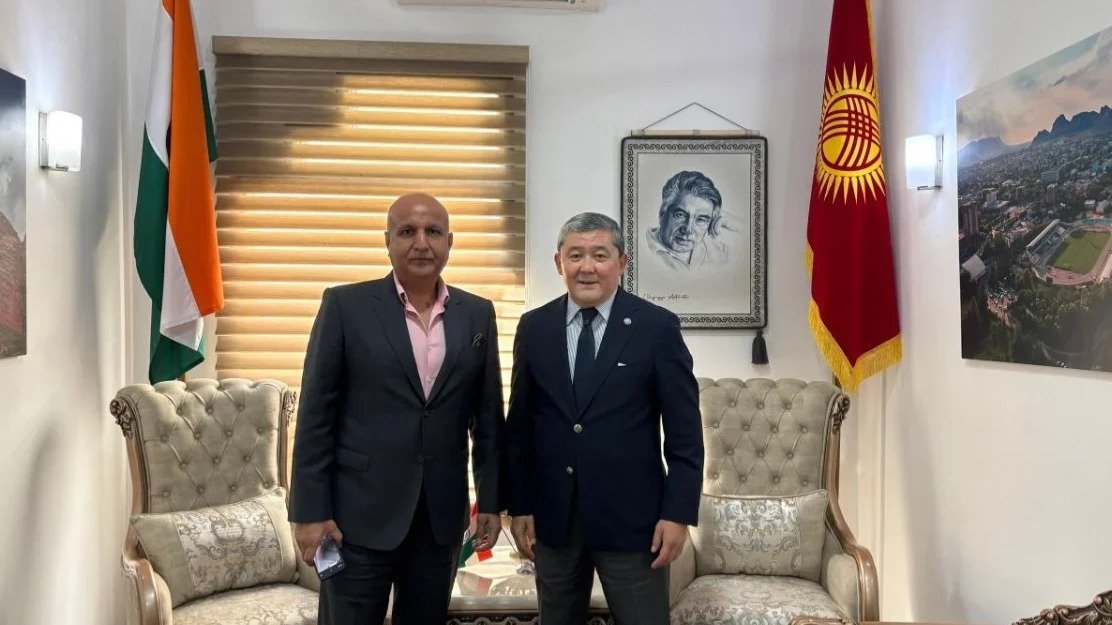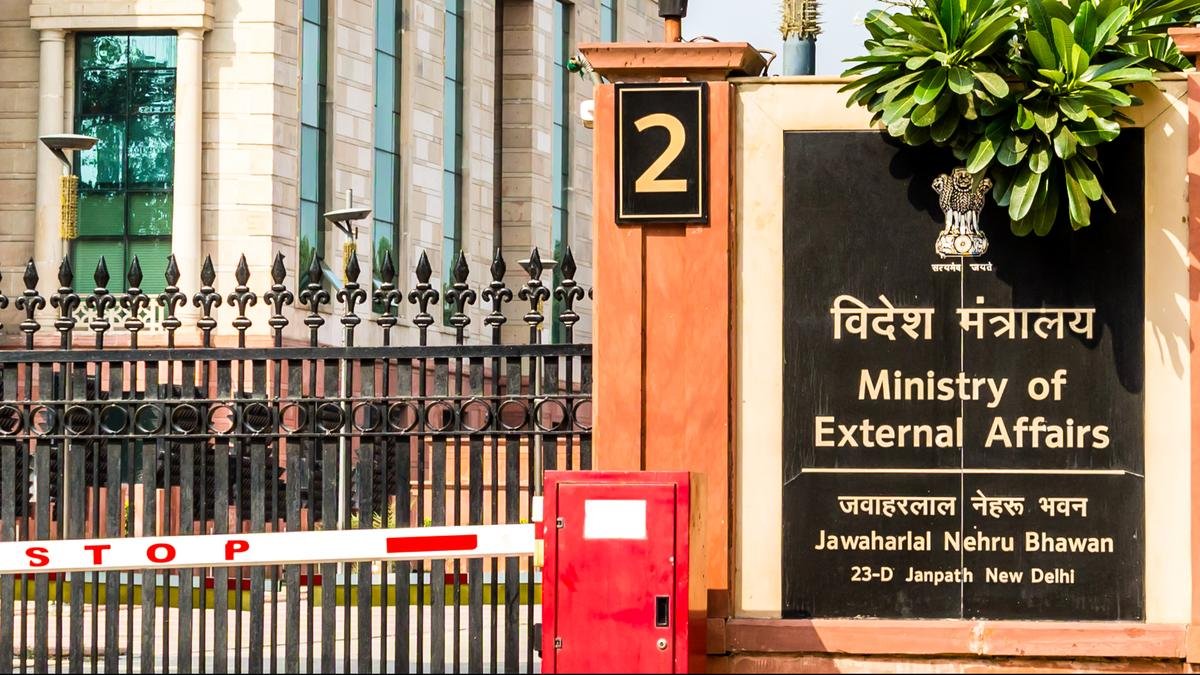The travel ban risks worsening already strained geopolitical tensions, with the United States’ role on the global stage having been shaken in recent months by Trump’s efforts to enact tariffs on dozens of countries nationwide, cut humanitarian aid to poorer nations and force countries to accept immigrants he’s seeking to deport while punishing those that do not.
In a video the White House shared Wednesday night, Trump called the travel restrictions “a key part of preventing major foreign terror attacks on American soil.”
He began the message by pointing to recent violence in Boulder, Colorado, where a man injured at least 12 demonstrators in what city officials called an antisemitic attack, as justification for a renewed travel ban.
“A recent terror attack in Boulder, Colorado, has underscored the extreme dangers posed to our country by the entry of foreign nationals who are not properly vetted, as well as those who come here as temporary visitors and overstay their visas. We don’t want them,” Trump said.
The suspect in the attack, Mohamed Sabry Soliman, is from Egypt, and he entered the country on a tourist visa before he applied for asylum. His tourist visa expired as his asylum case was pending. Egypt is not on the list of countries under the newly announced travel bans.
Soliman’s family were taken into custody by Immigration and Customs Enforcement on Tuesday and were being processed for removal proceedings, according to Homeland Security Secretary Kristi Noem. A judge subsequently issued an order Wednesday to prevent the deportation of Soliman’s wife and five children.
Trump added that his administration considered “the large-scale presence of terrorists, failure to cooperate on visa security, inability to verify travelers identities, inadequate record-keeping of criminal histories, and persistently high rates of illegal visa overstays” in determining the countries that would be affected by the ban.
Alex Nowrasteh, the vice president for economic and social policy studies at the Cato Institute, a nonpartisan and independent public policy research organization, noted that even though Trump cited terrorism-related concerns in announcing the new restrictions, terrorist attacks by people from the 12 countries facing outright bans are rare.
“A single terrorist from those countries murdered one person in an attack on US soil: Emanuel Kidega Samson from Sudan, who committed an attack motivated by anti-white animus in 2017. The annual chance of being murdered by a terrorist from one of the banned countries from 1975 to the end of 2024 was about 1 in 13.9 billion per year,” Nowrasteh wrote.
The new travel restrictions mark the return of one of the most divisive policies of Trump’s first term, a 2017 travel ban that he called one of his “most successful policies” Wednesday.
During his first term, Trump similarly banned foreigners from six Muslim-majority countries from entering the United States, citing terrorism concerns. Despite Democratic backlash and several legal challenges to the effort, the Supreme Court ultimately upheld the policy in a split decision, with Chief Justice John Roberts making it clear that the ability to regulate immigration falls within the president’s purview.
The president can block non-nationals from coming into the United States, Roberts said at the time, if the determination is made that allowing them to enter “would be detrimental to the interests of the United States.” Meanwhile, Justice Sonia Sotomayor wrote in her dissent that based on the evidence in the case, “a reasonable observer would conclude that the Proclamation was motivated by anti-Muslim animus.”
Iran, Libya, Somalia and Yemen are the only countries included across both of Trump’s travel bans.
Those restrictions remained in place until Jan. 20, 2021, when then-newly elected President Biden overturned them after he signed a proclamation titled “Ending Discriminatory Bans on Entry to The United States.”
Trump has for years expressed a desire to limit immigration from Haiti and African nations, deriding them as “shithole” countries and making clear his preference for European immigrants in discussing the visa lottery system at a White House meeting in 2018.
Shortly after he took office for the second time, Trump limited refugee admissions from almost all countries, including Afghanistan, Sudan, the Republic of Congo and Myanmar. In May, however, he granted refugee status to 59 South Africans from the white ethnic group that ruled South Africa during apartheid.
The Supreme Court allowed the Trump administration Friday to revoke the temporary legal status of more than 500,000 immigrants that was granted by the Biden administration, making them subject to deportation. Those parolees came from Cuba, Haiti, Nicaragua and Venezuela.
The Trump administration canceled an extension of Haiti’s Temporary Protected Status in February after the Biden administration extended the designation into 2026 because of violence and political turmoil on the island. It has also undertaken similar attempts to end TPS for the millions of Venezuelans who entered the country under the protection.























